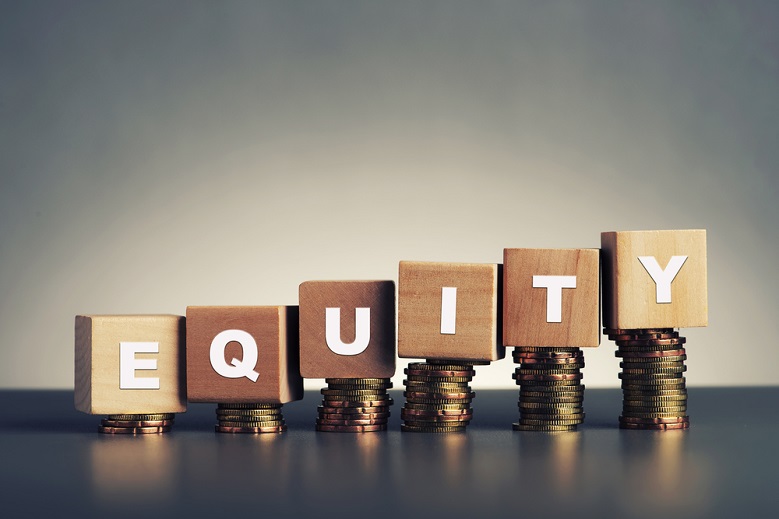
By Peter Miller
For millions of American homeowners, the news on the real estate front could not be more positive: Home prices are up, and equity is rising. Much of the country has begun to exit from the era of toxic mortgages and no-doc mortgage applications.
Unfortunately, the complete story is a mixed bag of good news and bad. Real estate is a localized commodity. In many areas, home values continue to underperform, a polite expression meaning that real estate prices remain depressed.
So what’s going on? Figures from the Federal Reserve tell much of the story.
$6.5 Trillion in Real Estate Equity Wiped Out
In 2000, U.S. homeowners held property worth $11.5 trillion and had $4.9 trillion in mortgages, meaning that there was a happy and healthy $6.6 trillion in equity.
At about the same time, the Federal Reserve, under the guidance of then-Chairman Alan Greenspan, began a hands-off approach to financial oversight. The theory was that lenders would naturally operate in their own self-interest, so extensive regulation was unnecessary.
At first, it seemed that the Greenspan approach worked. By 2006, American homes were worth $22.6 trillion. Mortgage debt had also grown to $9.9 trillion, but when values were compared with debt, $12.7 trillion in equity remained—a huge increase.
Unfortunately, it turned out that much of the success behind the Greenspan approach was powered by “non-traditional” financing such as option ARMs and financial shortcuts, including massive numbers of no-doc mortgage applications. The theory of self-interest sounded good in academic circles, but in practice, it was a complete bust. As Greenspan told Congress in 2008, “those of us who have looked to the self-interest of lending institutions to protect shareholders’ equity, myself included, are in a state of shocked disbelief.”
By 2011, the financial carnage became apparent. Homes nationwide had a total value of $15.9 trillion while mortgage debt stood at $9.7 trillion. In effect, home values had collapsed, but debt hardly shrank. The result was equity worth $6.2 trillion—less than even 2000 levels. Seen another way, the meltdown wiped out $6.5 trillion in real estate equity between 2006 and 2011.
Slowly, though, the real estate market has returned. In 2013, the latest full year for which we have figures, homes were worth $19.4 trillion while mortgage debt had declined to $9.4 trillion. Equity had increased to $10 trillion.
Aftermath of the Mortgage Meltdown
What are we to make of all of this? A few thoughts:
The real estate market remains fragile. According to the Federal Housing Finance Agency (FHFA), U.S. home prices in May 2014 remained 6.5% below the peak values seen in April 2007.
Home prices are localized, and some areas are doing far better than others. The National Association of Realtors (NAR) reported that in the second quarter that home prices rose in 122 metro areas but fell in 47.
A large number of U.S. homes have never recovered from the mortgage meltdown. RealtyTrac says that in the second quarter of 2014, 9.1 million American homes were “seriously underwater,” meaning that “the combined loan amount secured by the property is at least 25% higher than the property’s after the estimated resale value.”
Home mortgages originating after 2000 had fewer foreclosures than those created in 2000 or earlier. In fact, the Mortgage Bankers Association points out that at the end of 2013, more than 90% of all serious delinquencies were actually associated with loans originated before 2009. Low foreclosure rates attract mortgage investors looking for financial safe havens and help keep loan rates down.
Mortgage rates remain remarkably low by historic standards. However, these rates may not continue in the future.
Consider Your Local Market
What will happen going forward? Much depends on local housing markets. If yours is really fragile—and the NAR says that annualized sales as of August are 5.3% below 2013 levels—then this might be a good time to consider several ideas. For instance, if you’re a buyer you may be able to get more concessions. If you’re a seller, you may want to make more concessions to ensure that the deal goes through, because waiting for a replacement deal may force you to sell in a more difficult market.
As to financing, it might seem logical to prefer a fixed-rate loan while interest levels are low. However, you have to look at how long you’re likely to own the property. Freddie Mac says that the typical loan is now refinanced after 7.34 years. That’s a figure that may change as rates go up or down, but it makes you wonder if a 5/1 ARM with a low start rate might actually be a good deal for the typical borrower. It’s an issue to discuss with lenders.
For more information speak with local real estate brokers and get data from nearby economic development offices as part of your due diligence. Among other measures, look for rising populations, increasing job growth, improving unemployment trends and growing rents.
 Peter G. Miller is a nationally-syndicated real estate columnist. His books, published originally by Harper & Row, have sold more than 300,000 copies. He blogs at OurBroker.com and contributes to such leading sites as RealtyTrac.com, the Huffington Post and Auction.com. Peter has also spoken before such groups as the National Association of Realtors and the Association of Real Estate License Law Officials.
Peter G. Miller is a nationally-syndicated real estate columnist. His books, published originally by Harper & Row, have sold more than 300,000 copies. He blogs at OurBroker.com and contributes to such leading sites as RealtyTrac.com, the Huffington Post and Auction.com. Peter has also spoken before such groups as the National Association of Realtors and the Association of Real Estate License Law Officials.


